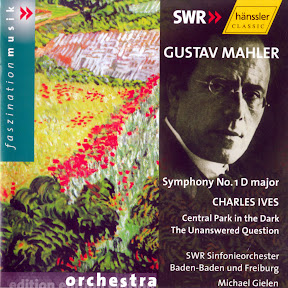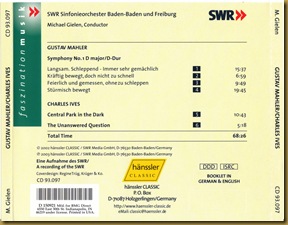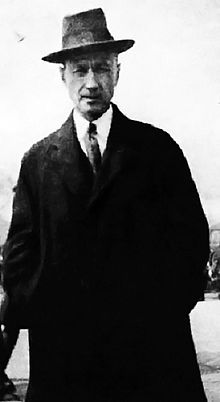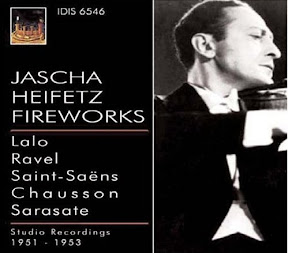

“Con quest’opera si può dire veramente che ebbe principio la mia carriera artistica.” (“It can truly be said that my artistic career began with this opera”). Verdi may perhaps be forgiven for taking artistic licence with this observation to Ricordi, his publisher. His previous works were the patchy and immature “Oberto” and the comic flop “Un giorno do regno”. “Nabucco” marks a huge advance over these. Verdi here begins to find his true voice, mining the rich seam of cantilena melody which characterises his best early work and adding to it both psychological profundity and economy of expression. Re-visiting this recording, I was struck by the tautness and impact of the libretto and plot. Verdi was as incapable as Shakespeare of creating cardboard characters and it is remarkable how both the villains of the piece, Abegaille and Nabucco himself, emerge as complex, tormented souls, far more absorbing than the supposed heroes. They are the forerunners of that long line of father-daughter pairs; Solera’s libretto stimulated Verdi’s imagination and his emotions at a time when he was trying  to emerge from two years of grief and suffering, marked by personal loss and (comparative) artistic failure.The popularity of “Va, pensiero”, the emphasis upon spectacle, the four marches, unison choruses and brassy scoring all combine to support the reputation of “Nabucco” as the chauvinistic rallying-call of popular legend. However, in the admixture of private passion and political chicanery, certain situations and even specific musical ideas are clearly proleptic of later, greater works such as “Simon Boccanegra”, although the masterpiece it most resembles in mood, atmosphere and in its melding of extremes is perhaps “Aida”. Certainly his contemporaries thought well enough of it to choose its music to accompany Verdi’s funeral cortège. Riccardo Muti’s conducting of this 1977 recording has been condemned as crude and aggressive. He is hectic at times, to be sure, but that is hardly out of keeping with the swift pace of events and he still gives his singers space in the more contemplative passages.
to emerge from two years of grief and suffering, marked by personal loss and (comparative) artistic failure.The popularity of “Va, pensiero”, the emphasis upon spectacle, the four marches, unison choruses and brassy scoring all combine to support the reputation of “Nabucco” as the chauvinistic rallying-call of popular legend. However, in the admixture of private passion and political chicanery, certain situations and even specific musical ideas are clearly proleptic of later, greater works such as “Simon Boccanegra”, although the masterpiece it most resembles in mood, atmosphere and in its melding of extremes is perhaps “Aida”. Certainly his contemporaries thought well enough of it to choose its music to accompany Verdi’s funeral cortège. Riccardo Muti’s conducting of this 1977 recording has been condemned as crude and aggressive. He is hectic at times, to be sure, but that is hardly out of keeping with the swift pace of events and he still gives his singers space in the more contemplative passages.
The eponymous starring role is taken by a first class baritone. Manuguerra  has a smooth, most sheerly beautiful voice, with plenty of sap in its upper reaches. Manuguerra delivers a detailed, compellingly vocalized account.
has a smooth, most sheerly beautiful voice, with plenty of sap in its upper reaches. Manuguerra delivers a detailed, compellingly vocalized account.
As Abegaille, a spinto soprano, as Renata Scotto had become by this stage of her career - provides the listener with thrills and vocal virtuosity. Scotto shares features of Callas’s delivery, including a biting articulation of text and the less recommendable lapses into flapping top notes when pressed at forte. When not pressing too hard, Scotto can still float the top and hers is a formidable firebrand of an Abegaille - she is the best actress of all. Given the intensity and conviction of Scotto’s performance, I am now much more forgiving of those squally high notes.
Nicolai Ghiaurov, who is rusty and occasionally bleak of tone at this stage in his career but still impressive makes a beautiful job of the aria “Tu sul labbro”, with its beguiling six-part cello accompaniment. Robert Lloyd is a notable High Priest for Muti; I wonder if I am the first to notice that he must have been absent for whatever reason (not worth paying him to sing so little?) during the second, 1978, recording session and thus we hear the unmistakable voice of Ghiaurov, deputizing for Lloyd in the High Priest’s one line in the finale. One of the great pleasures of the Muti set is to hear Veriano Luchetti in the brief and rather ungrateful role of Ismaele. His smooth, ringing, Italianate tenor is particularly admirable in the lovely trio “Io t’amava”.
The Ambrosian Chorus sounds a little lean but as ever they sing with verve and precision.
The Philharmonia respond with alacrity to Muti’s taut direction and the sound is excellent.--Ralph Moore
CD INFO
flac scans






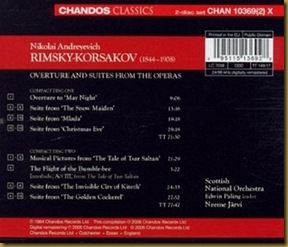


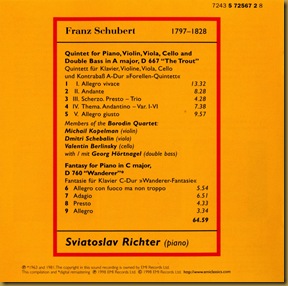



 I should not have been surprised, for Klemperer often offers insights into familiar pieces such as
I should not have been surprised, for Klemperer often offers insights into familiar pieces such as 

 On the whole, tempos are similar in both versions, but there are a couple of significant differences. One of these concerns the climax of the entire work, Sonata IV (My God, My God, why hast Thou forsaken me?). Savall shaves a good two minutes off of his previous speed, and it's all to the good, adding a greater feeling of urgency to the music's ultimate yielding to despair. Also as before, Savall includes a speaker reading the relevant bits of scripture (in Latin) in between the sonatas, a practice I find unnecessarily distracting and unmusical. We could just as easily read them ourselves, but then they aren't long and you can skip them as I do if you find them bothersome. All in all, the differences (and improvements) between the two versions more than justify this beautifully recorded remake. Just when you thought it couldn't get any better... --David Hurwitz
On the whole, tempos are similar in both versions, but there are a couple of significant differences. One of these concerns the climax of the entire work, Sonata IV (My God, My God, why hast Thou forsaken me?). Savall shaves a good two minutes off of his previous speed, and it's all to the good, adding a greater feeling of urgency to the music's ultimate yielding to despair. Also as before, Savall includes a speaker reading the relevant bits of scripture (in Latin) in between the sonatas, a practice I find unnecessarily distracting and unmusical. We could just as easily read them ourselves, but then they aren't long and you can skip them as I do if you find them bothersome. All in all, the differences (and improvements) between the two versions more than justify this beautifully recorded remake. Just when you thought it couldn't get any better... --David Hurwitz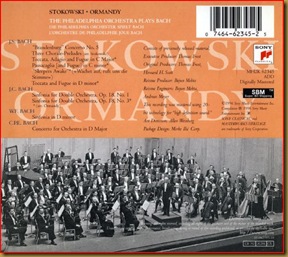












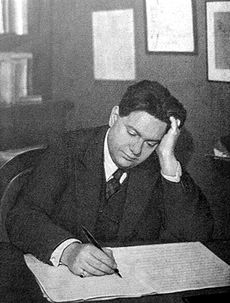


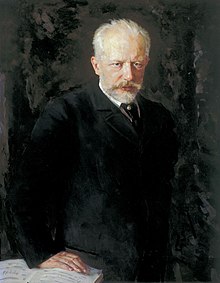


 to emerge from two years of grief and suffering, marked by personal loss and (comparative) artistic failure.The popularity of “
to emerge from two years of grief and suffering, marked by personal loss and (comparative) artistic failure.The popularity of “
